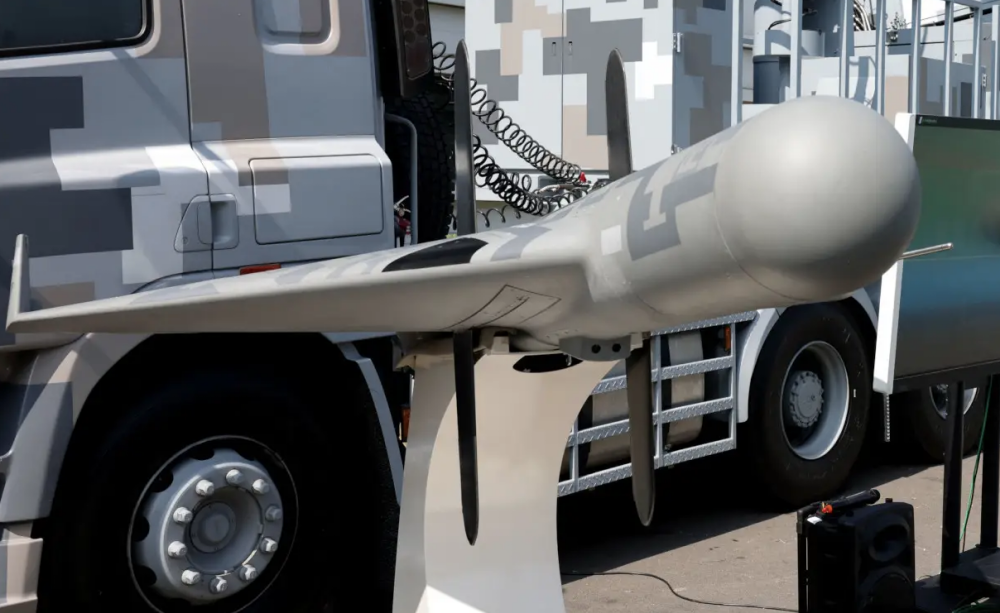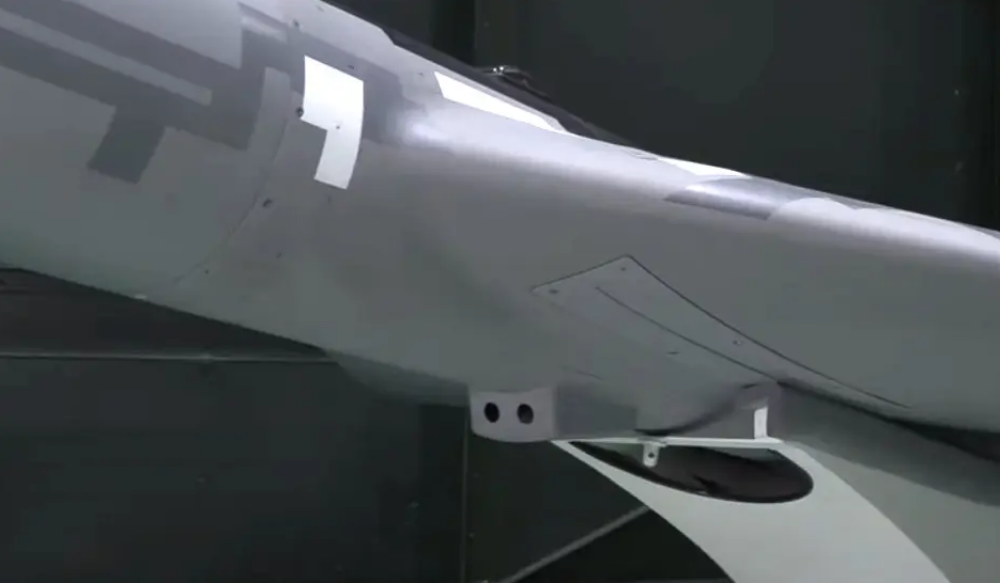Taiwan’s Ministry of Defense has offered a rare look at one of its Chien Hsiang loitering munitions swooping down on a target during a test.
Authorities on the island rightfully state that the value of uncrewed aerial systems, especially ones that can offer asymmetric capabilities, has been underscored by the current conflict in Ukraine. For Taiwan, relatively low-cost loitering munitions, also often called kamikaze drones, would offer very valuable additional capacity to strike Chinese forces during any future major conflict across Taiwan Strait.
The clip showing the Chien Hsiang loitering munition going through the motions of a strike on a mock target was included in a larger video segment that Taiwan’s Military News Agency put out. The Military News Agency is the official media outlet of the Taiwanese Ministry of Defense.
The full video, seen above, covers various drone developments from the National Chung-Shan Institute of Science and Technology (NCSIST), a top Taiwanese military organization charged with carrying out advanced research and development and test and evaluation work.The Chien Hsiang, which was first seen publicly in 2017, is a delta wing drone with a single gas engine driving a pusher propeller at the rear. The new video clip shows pairs of pop-out antennas deploying on top and below the drone after launch, which are features that have been seen on newer iterations of the core design.

A newer version of the Chien Hsiang seen on display in 2022, with what appear to be two pairs of antennas on top and below the rear end of the drone’s main body. I-HWA CHENG/AFP via Getty Images
To date, all variants of the Chien Hsiang have generally been described as being able to home in on a target’s radiofrequency emissions and being primarily intended to target enemy radars. NCSIST has said in the past that it has a maximum endurance of five hours and the ability to strike targets up to 621 miles (1,000 kilometers) away, making it truly a very long-range suppression/destruction of enemy air defenses (SEAD/DEAD) weapon.
Previously released information about the Chien Hsiang has made clear it does not need an operator in the loop to carry out a strike. It can be preset to fly to a specific location and then autonomously search for target emissions. This also allows the drone to re-engage a threat that might have stopped emitting temporarily. The onboard autopilot would also allow Chien Hsiangs to attack specific coordinates without homing in on any emissions.

What may cameras with fixed forward fields of view mounted on the underside of one of the Chien Hsiang variants. Other versions of the drone have this feature, as well. Military News Agency capture
Multiple Chien Hsiang variants have what appear to be cameras with fixed forward fields of view under their fuselages. This could offer a way to help confirm the drone had hit the desired target if some type of connectivity was available, such as on shorter-ranged missions or when an airborne relay is available.
Source: The Drive

